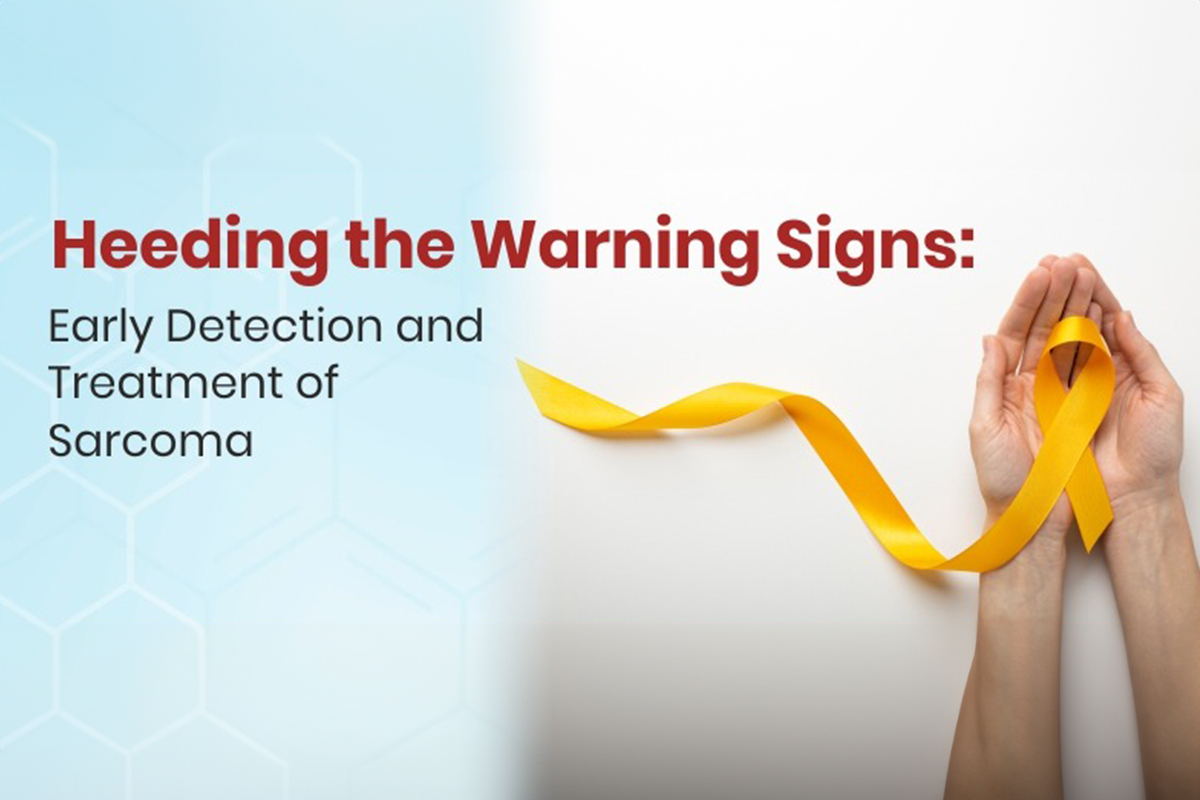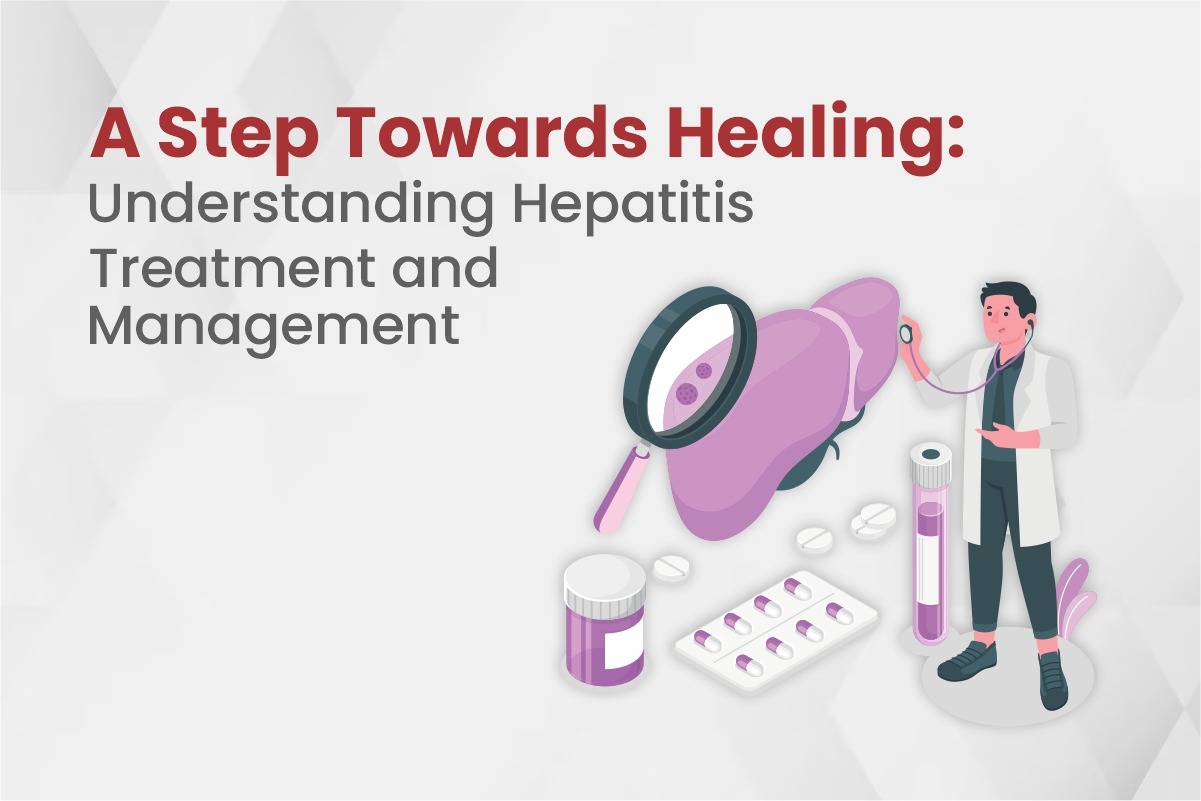
Heeding the Warning Signs: Early Detection and Treatment of Sarcoma
By Dr. Abhishek Pancholi in Cancer
Jul 20, 2023
Sarcoma is a rare type of cancer that develops in the connective tissues, such as bones, muscles, and tendons. While it accounts for a small percentage of all cancers, early detection and treatment are crucial for improving outcomes and saving lives. In this article, we will explore the warning signs of sarcoma, the importance of early detection, and available treatment options, empowering readers to recognize the symptoms and seek prompt medical attention.
Understanding Sarcoma:
Sarcoma can occur in people of all ages, including children and adults. It often presents as a painless lump or swelling in the affected area. Common types of sarcoma include osteosarcoma (bone sarcoma), soft tissue sarcoma, and Ewing sarcoma. While the exact causes of sarcoma are still unknown, certain factors, such as genetic predisposition, exposure to radiation, and certain inherited conditions, may increase the risk.
Recognizing the Warning Signs:
- Unexplained lumps or swelling: One of the primary signs of sarcoma is the presence of a painless lump or swelling in the arms, legs, chest, abdomen, or other parts of the body. These lumps may gradually increase in size over time.
- Persistent pain: Sarcoma can cause persistent pain in the affected area. If you experience unexplained pain that persists despite rest or over-the-counter pain medications, it is essential to consult a healthcare professional for further evaluation.
- Limited range of motion: Sarcomas that develop near joints or muscles can restrict movement and cause difficulty in performing regular activities.
- Fatigue and unexplained weight loss: In some cases, sarcoma can lead to general fatigue, weakness, and unexplained weight loss. These symptoms may indicate advanced stages of the disease.
Early Detection and Diagnosis:
Early detection plays a vital role in the successful treatment of sarcoma. If you notice any of the warning signs mentioned above, it is crucial to consult a healthcare professional promptly. They may conduct a thorough physical examination, order imaging tests such as X-rays, MRIs, or CT scans, and perform a biopsy to confirm the presence of sarcoma cells.
Treatment Options:
The treatment approach for sarcoma depends on various factors, including the type, stage, and location of the cancer, as well as the patient’s overall health. The primary treatment modalities include:
- Surgery: Surgical removal of the tumor is the primary treatment for localized sarcomas. Depending on the tumor’s size and location, surgery may involve removing a small portion of tissue or a more extensive procedure, such as limb-sparing surgery or amputation.
- Chemotherapy: In some cases, chemotherapy drugs may be used to kill cancer cells that have spread beyond the primary tumor. Chemotherapy may be administered before or after surgery or used as the primary treatment for advanced sarcomas that cannot be surgically removed.
- Radiation therapy: Radiation therapy uses high-energy beams to target and kill cancer cells. It may be administered before surgery to shrink tumors, after surgery to destroy remaining cancer cells, or as a palliative treatment to relieve symptoms in advanced cases.
- Targeted therapy: Targeted therapies are medications that specifically target the genetic or molecular changes within cancer cells. These therapies aim to disrupt the growth and spread of sarcoma cells.
- Immunotherapy: Which modulates our body’s immune system to kill cancer cells without causing harm to normal cells is also being used in some types of sarcomas.
- Clinical trials: Participating in clinical trials allows patients access to experimental treatments and cutting-edge therapies that may not be widely available yet. Clinical trials help advance the field of sarcoma research and may provide additional treatment options.







